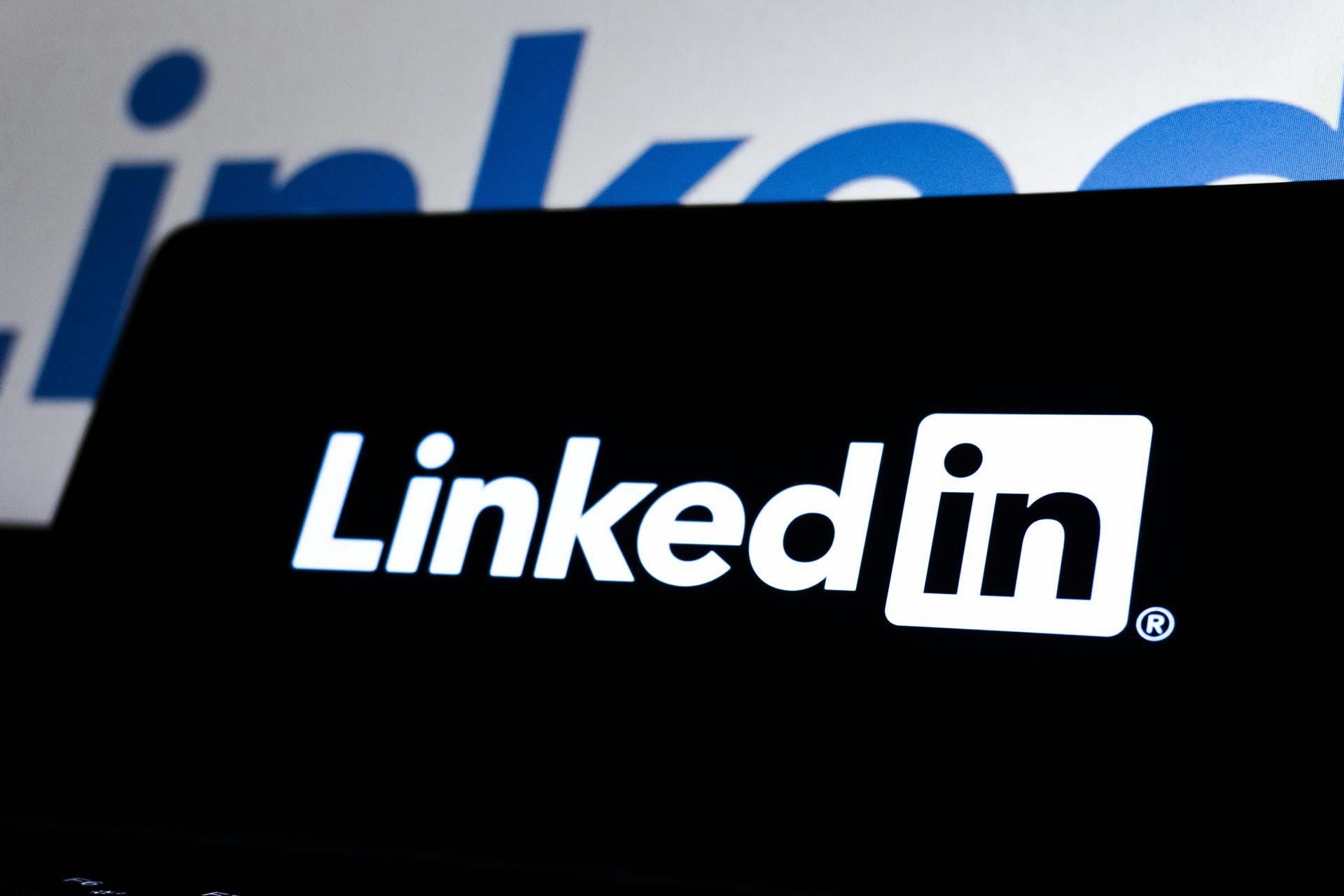Do you actually know your cost per hire? It’s likely higher than you think
Most organisations underestimate how much hiring really costs. When you add up time, overhead and hidden inefficiencies, your cost per hire is likely far higher than you think. Here's how to measure it and how to reduce it.
You know what you spend on salaries but do you know what you spend to fill a role?
In 2025, recruitment budgets are under more pressure than ever, yet many businesses still don’t know their true cost per hire.
You might know what you paid an agency last quarter or the salary for your in-house recruiter. But have you factored in the real cost behind every hire? Things like advertising, hiring manager time, delays, admin, or even the cost of a bad hire?
When you add it all up, the real figure is often much higher than expected. And it’s quietly impacting your bottom line.
What is cost per hire and why does it matter?
Cost per hire is the total expense your organisation incurs to recruit a new employee. That includes:
- Internal recruiter salaries and on-costs
- Time spent by hiring managers on screening, interviews and negotiation
- Job board and advertising spend
- ATS or technology costs
- External recruiter fees or contractor costs
- Admin time including onboarding, contracts and compliance
- Lost productivity while the role is unfilled
- Rehiring costs if the candidate isn’t successful
Most businesses underestimate their cost per hire because they only track the direct or visible costs.
Let’s break it down: one hire example
Say you hire someone into a $100,000 role using your internal team. Here’s a conservative breakdown:
| Expense | Estimated Cost |
|---|---|
| Internal recruiter salary (portion of time) | $2,500–$5,000 |
| Hiring manager time (5–10 hours) | $1,500–$3,000 |
| Job ad spend | $300–$800 |
| Admin, onboarding & contract prep | $500–$1,000 |
| Tech/ATS costs (monthly allocation) | $200–$400 |
| Total Estimated Cost per hire | $5,000–$10,000+ |
Now if that hire doesn’t work out and you need to start over, that cost doubles.
And if you’re using a traditional agency at 15 to 20 percent, you’re already at $15,000 to $20,000 per hire, before you even account for internal time.
Let’s break it down: annual recruitment costs

Here’s what recruitment typically looks like over a year for an organisation making 20 hires:
| Annual Cost Component | Estimated Annual Spend |
|---|---|
| Internal recruiter salary + on-costs | $145,000 |
| Hiring manager time (~$1,500 per hire x 20) | $30,000 |
| LinkedIn Recruiter licence | $12,000-$25,000 |
| Job board advertising | $15,000–$25,000 |
| ATS & software costs | $5,000–$15,000 |
| Occasional agency fees for hard-to-fill roles | $60,000–$80,000 |
| Admin & onboarding time | $5,000–$10,000 |
| Total Estimated Annual Spend | $272,000–$330,000+ |
If your in-house recruiter can handle around 40 hires a year, your average cost per hire is:
$300,000 ÷ 40 = $7,500 per hire
Use this formula to calculate your own cost per hire
A simple way to estimate:
Cost per hire = Total annual recruitment spend ÷ Number of hires
Make sure to include:
- Recruiter salaries and on-costs
- Hiring manager time
- Advertising and job board spend
- Technology and systems
- Admin, onboarding and compliance
- External recruiter fees if applicable
Once you’ve got your number, you can start benchmarking and improving.
Why are cost-per-hire figures rising?
Across Australia, we’re seeing rising costs due to:
- HR and People & Culture teams stretched thin
- Hiring delays leading to lost productivity
- Underinvestment in recruitment tech
- Rehiring after poor placement outcomes
- Inability to scale internal resources
- Competitive markets needing specialist recruiters
It’s not just that recruitment is expensive. It’s also inefficient.
So, what’s the solution?
It starts with clarity and control. If you can measure your cost per hire, you can reduce it.
That’s where our Talent Solutions model comes in.
How we help reduce your cost per hire
Our flexible, hourly-based recruitment packages or flat cost hires let you pay only for what you need with access to an experienced team and no agency % fees.
- No % placement fees for general or volume hiring
- Two recruiters included for every engagement
- Senior oversight and reporting built in
- retainers start from as little as $8,000 + GST
- Average cost per hire under $2,000 for volume and $5,000 for transactional (some as low as $4,000)
- You own all candidate IP and can hire multiple people from one process
- This model scales with you and eliminates unnecessary spend
Final word: you can’t improve what you don’t measure
If your cost per hire is higher than you expected, you’re not alone. But once you have a clear view, you can:
- Identify inefficiencies
- Reduce agency use
- Support your internal team without new headcount
- Improve speed and quality of hire
- Make better decisions with real data
And we can help you get there.
Want to calculate your actual cost per hire and see how we compare?
Reach out for a free consultation. We’ll walk you through the numbers.












